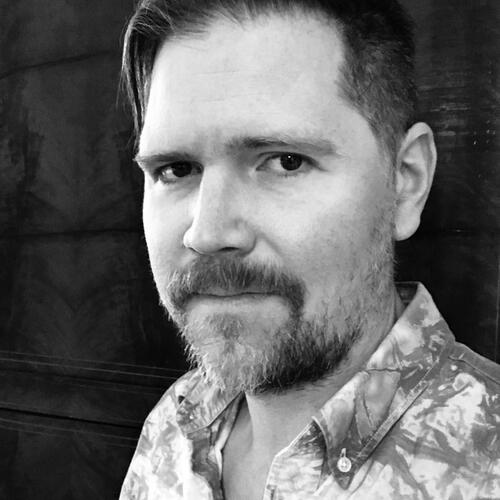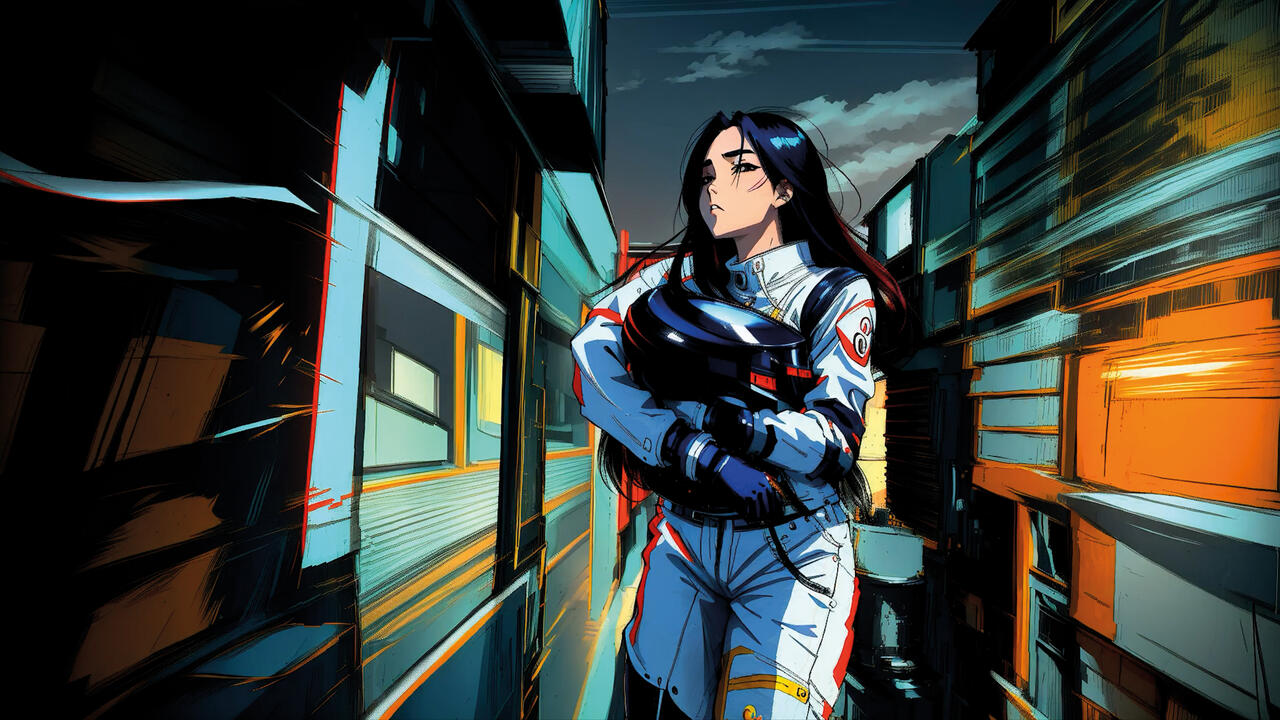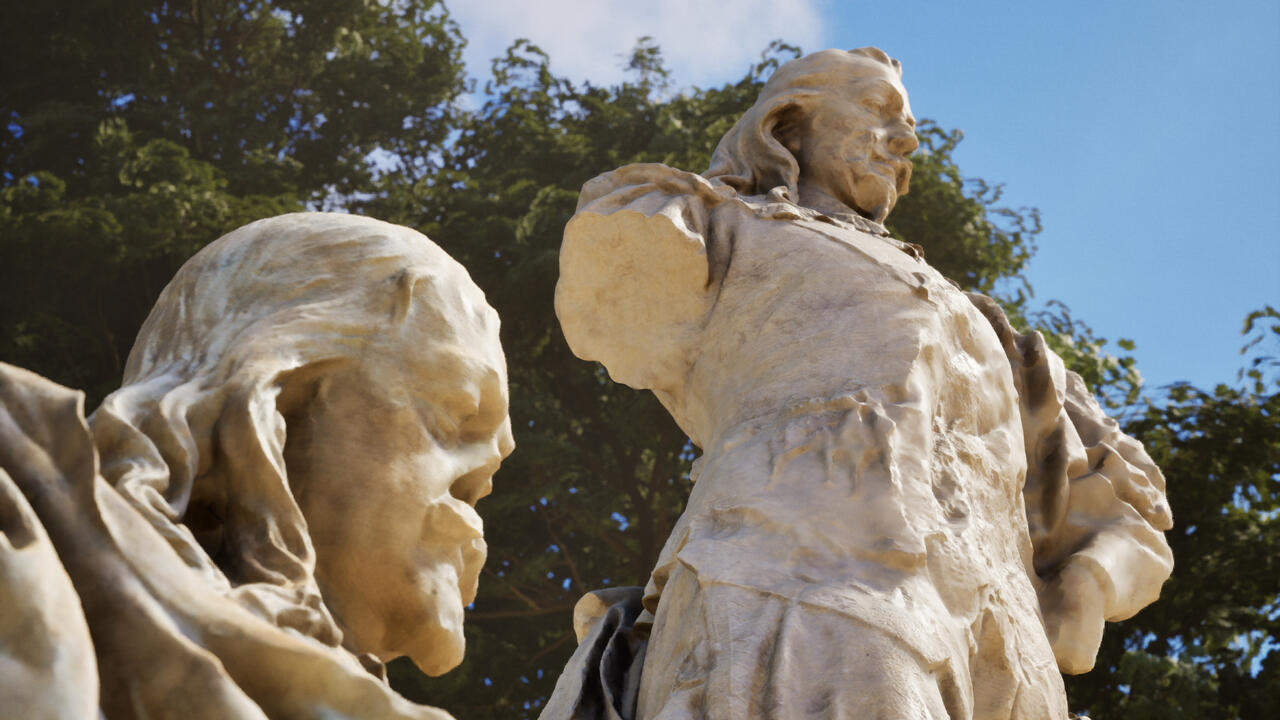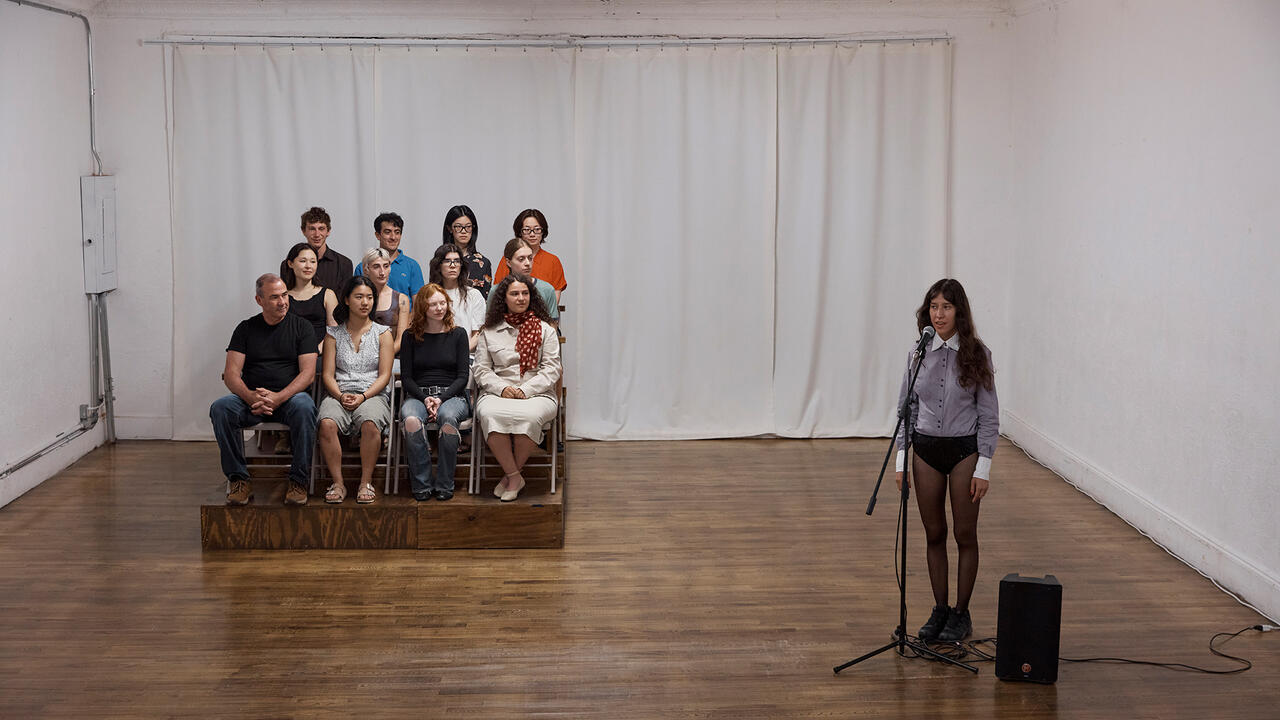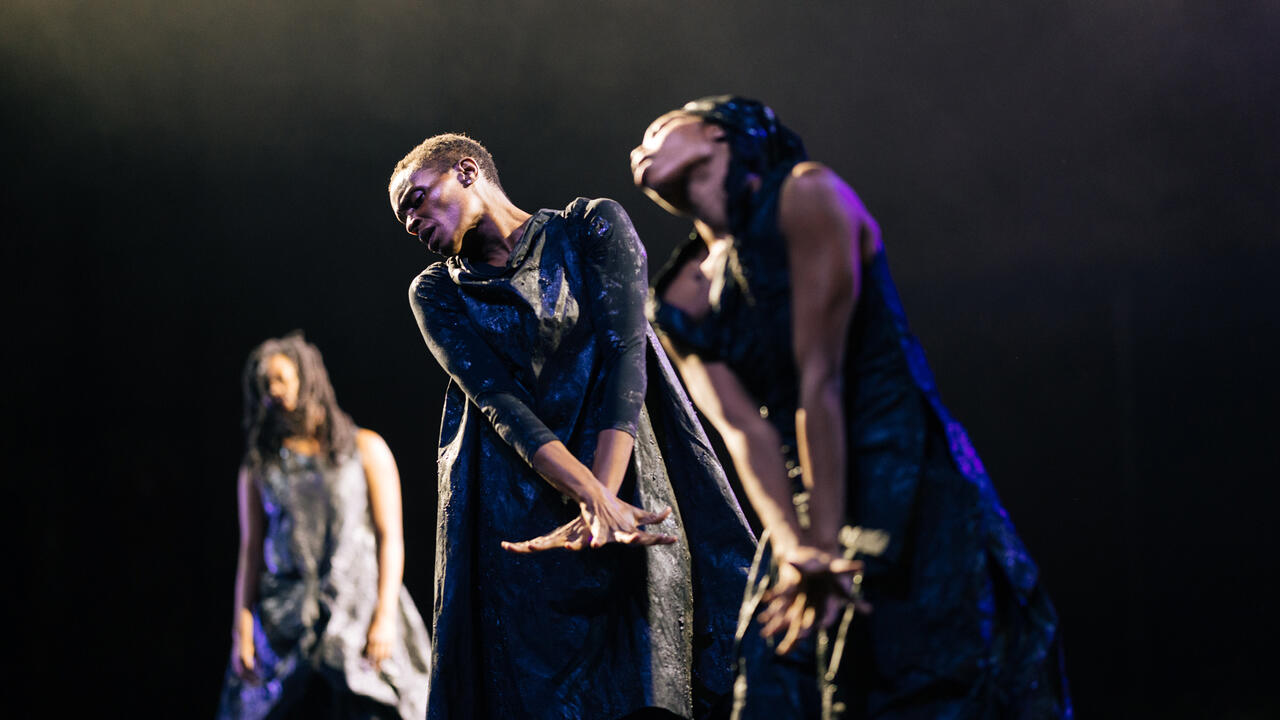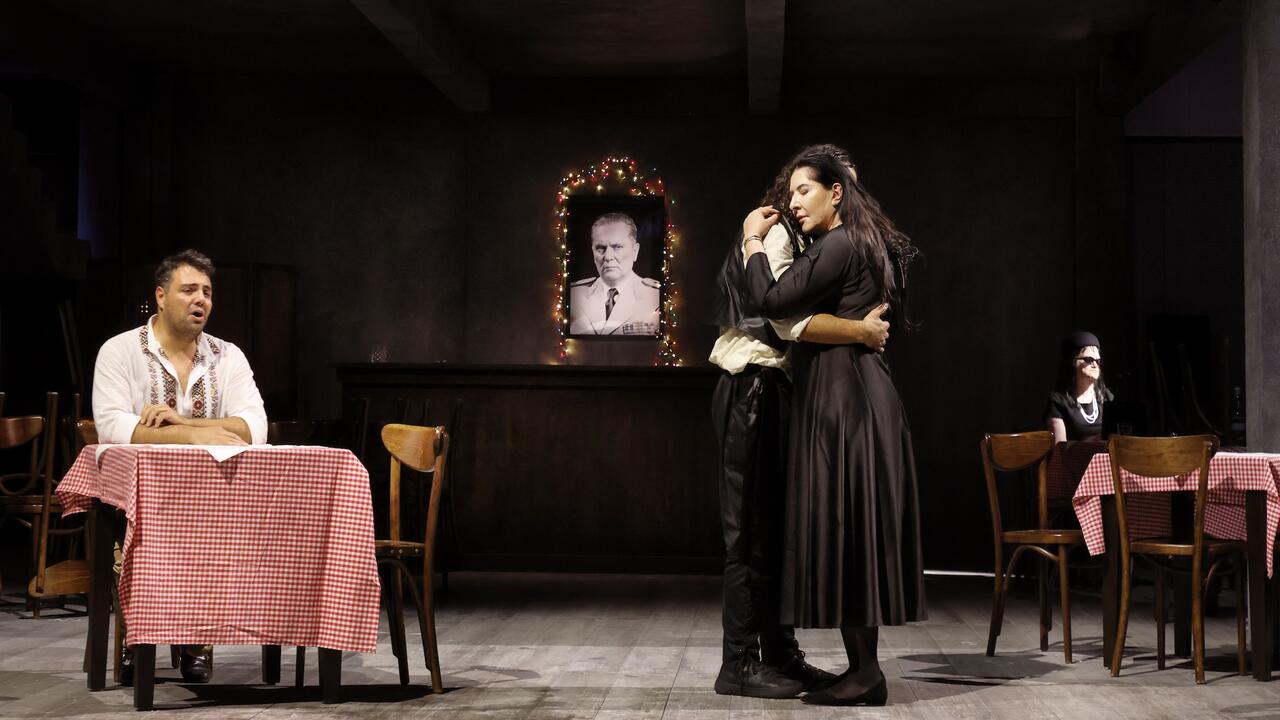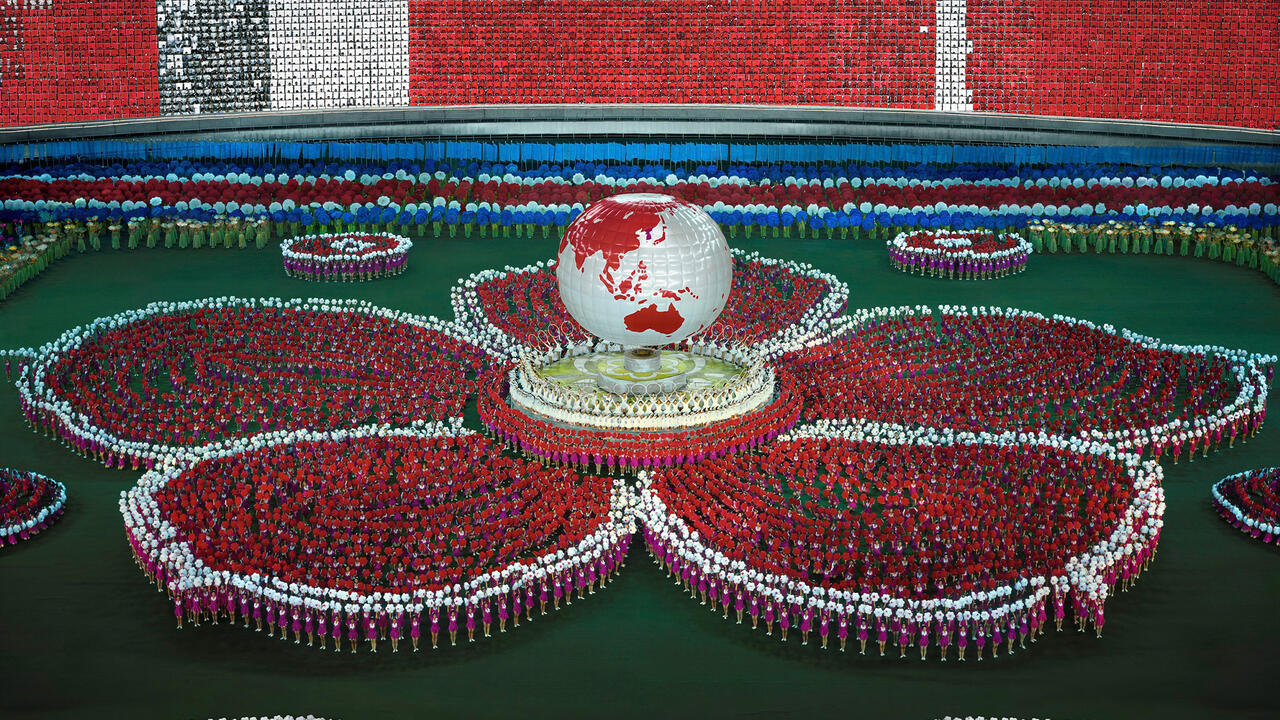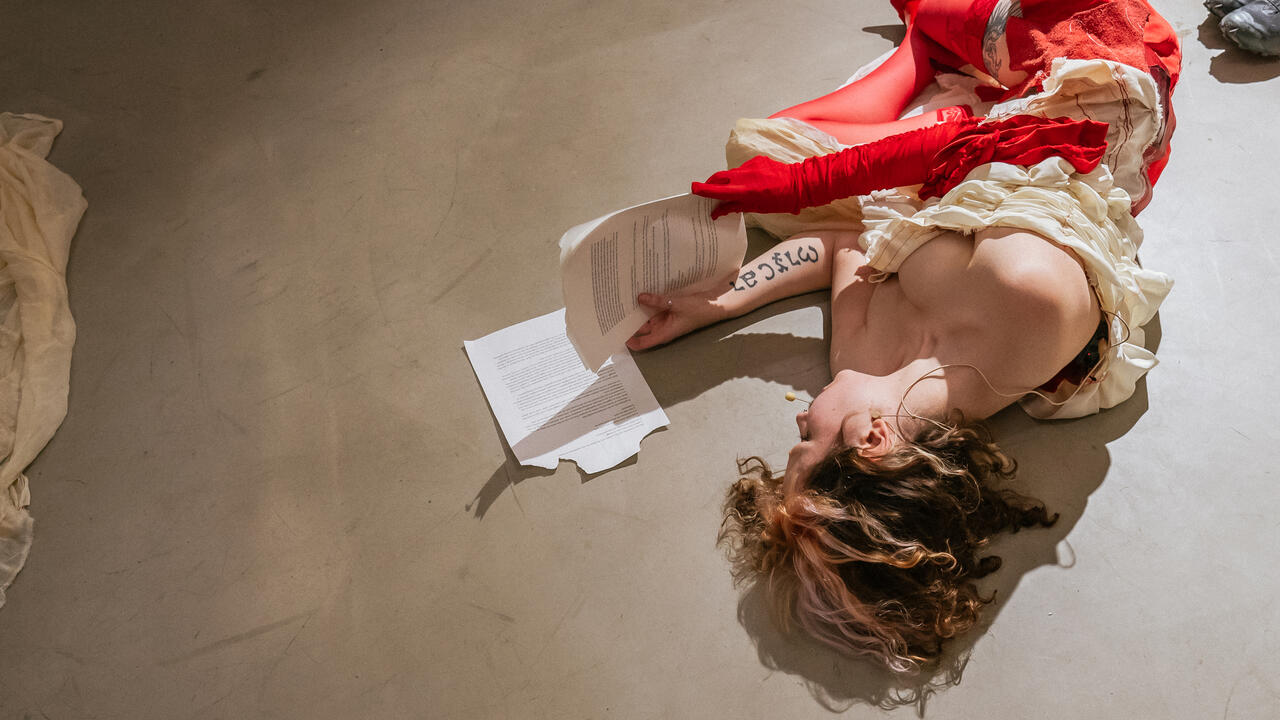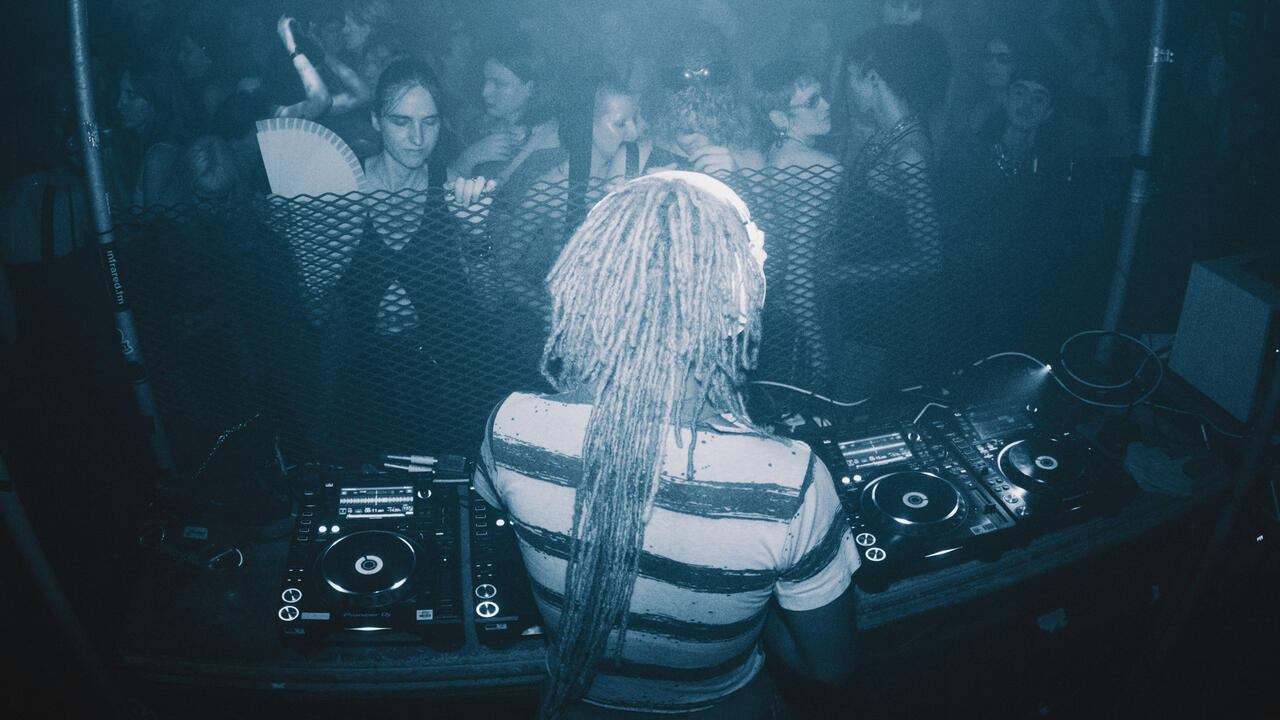Dancing to the Pulse
On the anniversary of the 2016 Orlando massacre, Brendan Fernandes reclaims the dancefloor as a site of resistance
On the anniversary of the 2016 Orlando massacre, Brendan Fernandes reclaims the dancefloor as a site of resistance

On 12 June 2016, a gunman entered the Pulse nightclub in Orlando, Florida and started shooting. He wounded 53 people and killed 49. While mass slayings have become a far too typical facet of American life, 12 June was notably the largest such event in modern history, and likely the most deadly attack on LGBTQ people in particular. In Free Fall 49 (2017), his recent performance at the Getty Museum in Los Angeles, multimedia artist Brendan Fernandes suggests that further still, Pulse marked a particular confluence of fear and violence in contemporary life: the killer, Omar Mateen, self-identified as an ally of ISIS, and his attack stoked the current wave of Islamophobia in the West.
Orlando: Reflecting on the fragility of queer Latin@ safety
Mateen’s targets, of course, were not combatants, but an audience consisting largely of people of colour spending an evening on the dance floor. The continued violence against black and brown bodies playing out so vividly in the streets and on social media had entered a presumably safe ‘sanctuary’ space; while Pulse was founded in 2004, places like it have long served as a site of communion and exertion. As theorist José Esteban Muñoz has argued, queer venues are literal staging grounds for challenging existing social boundaries and enacting provisional forms of utopia not yet available in the humdrum of daily life.

Fernandes, himself a trained dancer and artist of African descent, responded with a sculptural project called Free Fall (2016), five empty coat racks supporting 49 hand-pulled crystal coat hangers – a reference to the ubiquitous check room, but also a subtle fusion of the elegiac and the alluring, marking the absence of those 49 bodies. As part of his solo exhibition at Monique Meloche Gallery in Chicago this past January, Fernandes choreographed a dance performance for one that centred on a dancer subjected to gravity, colliding with a floor that is both a mundane support and a site of injury.
Free Fall 49 was performed, in turn, at the Getty Museum in Los Angeles in June as part of its ‘Friday Flight’ series. This time, Fernandes choreographed eight dancers, staging them on slightly elevated platforms in an exterior courtyard and instructing them to claim the space, improvising to two hours of music provided by the producer Tom Krell (How to Dress Well). Krell and Fernandes generated a sample to be interspersed at seemingly random intervals –reminiscent of the staccato of gunfire, the beat cut into the propulsive music 49 times, cuing the dancers first to hit the ground, then rise in unmistakable moments of memorial and resurrection.

All of this is of a piece with Fernandes’s on-going work, which has long investigated systems –from museums to language itself – that produce social meaning through repetition. Hybrid performance/pedagogical projects such as Performing Foe (2009) or the re-staging of institutional collections as in Lost Bodies (2016) activated a space of cultural cachet and affluence as an extension of the queer underground and invited spontaneous audience participation in the more general social choreography that Fernandes undertakes here. And while questions of injury and endurance are commonplace for dancers, he has for several years been considering the relay between the body and its physical supports as a broader kind of formal problem through installation, performance and photography. In light of Pulse and the surge of xenophobia in the West, though, his poetic meditations have taken on a greater sense of urgency. The beat is the driving force of the nightclub, but it also indexes, in Fernandes’s estimation, somatic impacts – of bodies being struck, or hitting the ground in the wake of a shooting. For him, the beat takes on a dual meaning, comprising both people of colour living in the spectre of seemingly random physical violence but also, perhaps, queers of colour hitting back.

In this sense, Free Fall is a timely reminder that for all of the LGBTQ community’s real legislative gains (especially in the areas of marriage and family law), it still risks courting political complacency, relative to the intensity of the 1980s. Fernandes wonders where this generation’s ACT UP is, and if the club can serve, again, as a place of mobilization. Although terms like ‘intersectionality’ have acquired mainstream awareness, very real class and colour lines still cross-cut a community that is fundamentally heterogeneous. As with the Bataclan attack in Paris, Mateen forcibly connected extremist violence and urban nightlife, politicizing the gay club in reactionary terms; Free Fall, by contrast, dilates the Pulse shooting beyond the discrete categories of terrorism or mass killing.
Beginning 13 July, Fernandes will occupy New York’s Recess Gallery with ‘Steady Pulse’, a series of public talks and performances that elaborate Free Fall’s investigation of endurance through crisis. While Pulse closed its doors in June of 2016, the queer stage is, as Muñoz has argued, not geographically bound: it is a roving space that has always been a site of transgression and defiance, one from which the perils of the present can be acknowledged, and better futures enacted.
Main image: Brendan Fernandes, Free Fall 49, 2017, performance documentation, Getty Museum, Los Angeles








